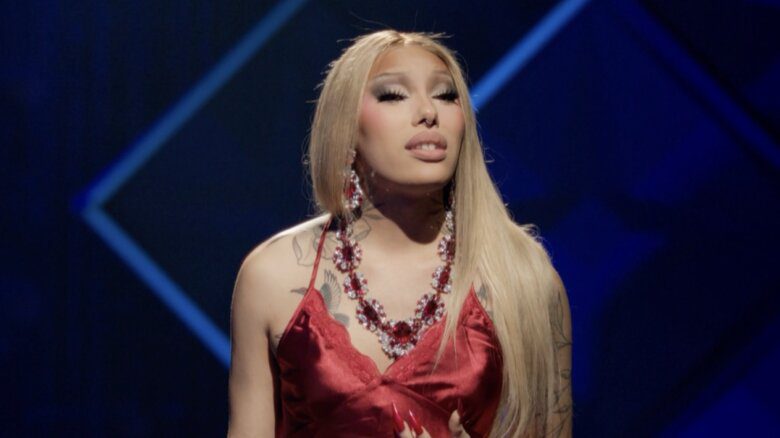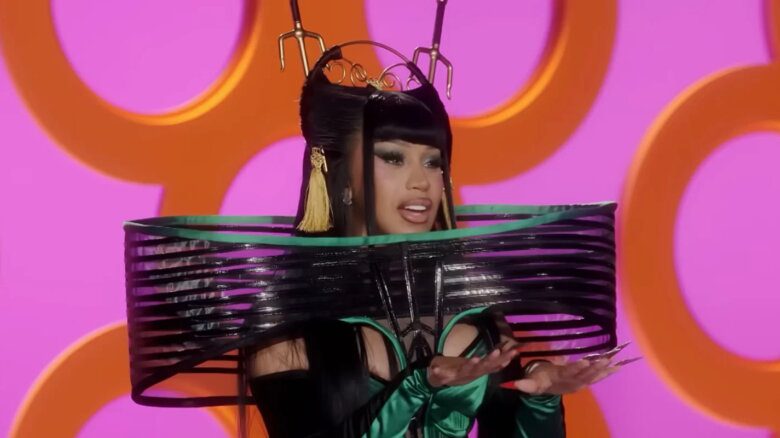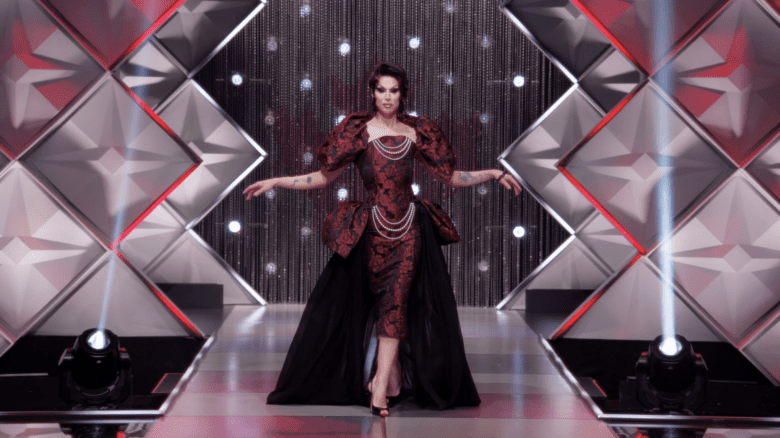We’re all invited to a powwow, a community celebration, a feast. The fare on offer is varied and delicious, ranging from short sweet stories of family to raging rants against oppression, with a touch of titillation to round out the flavours.
Pow Wow is the first-ever shorts program to be screened at Inside Out that directly addresses aboriginal queers. Or is it queer natives? The fun thing about these videos is that they never settle the question. Instead, other questions, other issues new to Inside Out are raised.
Curator Adam Garnet Jones readily admits that not all of the shorts are explicitly gay. “To not include good work, important work, by filmmakers who are queer because the content doesn’t have the stamp of ‘gay’ on it,” he says, “isn’t fair to anyone. It’s not fair to the people who go to see the films. It’s not fair to the filmmakers. And it’s not fair to the community, because it’s kind of like cutting off pieces of ourselves because they don’t conform.”
Jones says that as the “queer community becomes broader and things from the edge of the community become incorporated into the mainstream we start looking at communities that aren’t part of that mainstream.
“The Canadian aboriginal community, the aboriginal queer community, is something that really hasn’t been looked at by the mainstream aboriginal community or the gay mainstream.”
Jones first noticed the lack of aboriginal works at Inside Out when he got to Toronto and began working with the festival. But school, three jobs and filmmaking got in the way of him taking his idea about First Nations programming to the board. In a happy coincidence Kathleen Mullen, the festival’s director of programming, approached Jones to see if he would be interested in pulling something together for this year’s festival.
There are 11 pieces in total, four of which were commissioned especially for the program: Memory In Bones by Gail Maurice, Cowboy Pictures by Daniel David Moses, Head Case by Jason Ryle and The Gift by Wanda Nanibush. Each short has its own unique tale to tell, and excitingly individual ways of telling it. The only common thread is that these are the stories of North American native queers. The residential school makes an appearance, as does racism, HIV/AIDS and hatred of queers. But none of the videos can be reduced to one single or simple message.
Jones says that filmmakers like James Diamond and Thirza Cuthand are important to include since they’ve been making, “queer aboriginal content films for a number of years now.” Cuthand’s Helpless Maiden Makes An “I” Statement plays on the borders between fantasy and reality. In this dungeon monologue she explores the complexities inherent in all relationships, but particularly those that aren’t afraid to play with power dynamics. Who comes out on top might by surprising.
In Diamond’s The Man From Venus, power itself is explored – the power that comes along with naming. It’s a very short piece, but packed with a moving energy and a rare intensity. Very economically it portrays the constrained agitation of being in a world that doesn’t fit you.
Both of these films display a richness of texture and style through the interweaving of visual images and evocative text. Although they are both monologues, there are sophisticated conversations going on in each of them. New layers of meaning emerge with each viewing, illustrating Jones’ curatorial intent to showcase, “the most complicated content around identity.”
Painted Positive by Terry Haines does this by bookending a first-person account by a gay aboriginal man living with HIV with dense rich images that invite viewers into a world of light and shadow, dance and stillness. In Ariel Lightningchild’s Deconstructing Crack Ho, a young woman tells her own story – and a harrowing story it is. But this first-person account demands that we ask questions about the authority given to any narrator and the criteria by which we judge that authority.
Trauma Queens by Heidi Slat, Little Indians by Maurice and Thorn Grass by Robin D Hammer each follow a more narrative structure where the film-makers open doors onto worlds we may not know so well, worlds where complexity mingles with simplicity. They take us beyond what we think we know.
For Jones, that’s the point of Pow Wow. “I think that that’s the future of community festivals like Inside Out, the future of moving through identity politics, because identity politics are important and they’ll always be there. But to realize there is so much more going on in our lives and our lives are so much richer than that.”

 Why you can trust Xtra
Why you can trust Xtra


